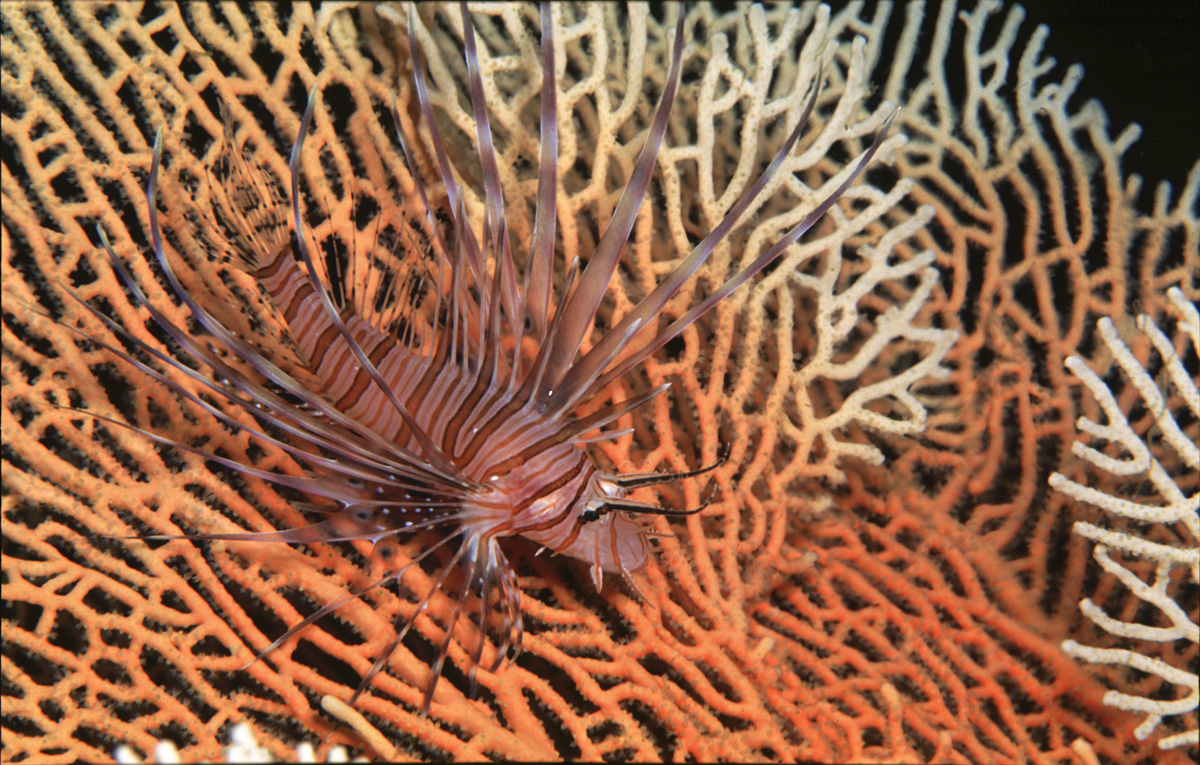Hazardous Marine Life
Southeast Asia Pilot – October 2025
Dealing with hazardous marine life (Part 1)
A golden rule to avoid any aquatic injuries repeated on all diver training courses is “don’t touch, chase or provoke anything under the water or on the surface”. However, there may be the odd occasion when it’s not quite as straight forward as that – in turbid waters for instance. So we offer a few tips on dealing with hazardous marine life.
Here is a ‘handful’ of ‘pain-inducing nasties’ to be particularly cautious of – and what to do if you are unfortunate enough to come into contact with them!
Hot Water Treatment (HTW)
Tightly tie a broad ligature between the inflicted limb and the body, which must be released every 15 minutes.
Then immerse the inflicted area in water at a temperature of 50ºC for two hours, or until the pain stops. Follow this up by antibiotic and anti-tetanus treatment.
Marine life in the shallows
Jellyfish stings range from skin irritations to deep lesions. You can best avoid contact by constantly being aware of what’s around, above and below you. Keep a constant lookout! Avoid the tentacles.
If a jellyfish ‘stings’ you, immediately flush the area using the same water that it occurred in – stung in salt water, flush with salt water, NOT fresh, and vice versa. Immediately after that flush the area with acetic acid (vinegar). If there are any tentacles remaining in the skin, remove them with tweezers or gloved fingers. If the pain worsens or you experience breathing difficulties, seek medical attention immediately.
Barracuda are commonly seen in large schools. However, lone specimens have been known to bite. This generally happens in low visibility waters when a shiny item such as jewellery, a knife blade or a camera lens is mistaken for their prey of small fish. So it’s best to avoid shiny objects whilst in the water! If bitten, thoroughly clean any wound and apply antiseptic or antibiotic cream.
Marine life in midwater
Lionfish are slow moving and generally encountered around reefs and wrecks. They have beautiful long feather like fins, but these harbour venomous spines which cause a very nasty sting. Immediately clean the wound and adhere to the Hot Water Treatment (HTW) if the spines have punctured the.

Sea snake venom is more potent than that of the cobra, but they are rarely aggressive, have very short fangs and small mouths which cannot be opened very wide; they would be capable of biting between fingers, so keep your fingers together in their presence! If bitten, immediately tie a broad ligature tightly between the infliction and the body and wash the wound. CPR may be necessary. Seek medical facilities as antivenins will be needed.
Triggerfish are all territorially aggressive, especially if they are nesting (shallow pits in the sandy seabed). If you approach too closely, males will charge at you to ward them off – and they have a nasty couple of teeth to finish the job! If you are unfortunate to be on the receiving end, the recommended procedure is to swim backwards and place your feet between you and the attacker. At NO TIME take your eyes off them, until you have backed away far enough to satisfy him that you are no longer a threat. If bitten, treat with antiseptic cream.
Stinging hydroids can cling to anchor lines. If you make contactwith them, they release nematocysts into the skin. Although not a serious problem, it can be very painful; in some cases they can cause blistering. To treat, flush or submerge the affected area with acetic acid (vinegar) followed by antihistamine cream to ease any pain.
Onboard First Aid Kit
This should be waterproof, sealed and preferably compartmentalised for ease of finding things when needed quickly. As a minimum, ensure it contains the following items:
First Aid Manual | Hazardous marine life reference and identification guides | Emergency contact numbers for en-route locations & destination | Pencil and notebook | Tweezers | Round ended safety scissors | Large sterile dressings | Fabric band-aid plaster/dressing strip | Triangular bandage | Large safety pins | Sterile cotton wool | 2” wide crepe bandages | Eye drops | Antiseptic cream | Betadine | Antihistamine cream | Vinegar | Sachets of electrolytes | Sterilised syringe and needles
Definitive cruising guide
When planning your Southeast Asian cruising, don’t forget to get a copy of Southeast Asia Pilot. It remains the definitive cruising guide to all of Southeast Asia’s ocean wonderland. The book details 600+ anchorages with shoreside tips and other useful insights. It covers nine countries, from the Andaman Sea to the Spice Islands – with introductory notes on several more. Available now in print or as an interactive eBook.
⇒ ⇒ ⇒ Buy Southeast Asia Pilot
Southeast Asia Pilot and Phuket Publicity Services do their best to ensure that the information on this website is accurate. However, good seamanship demands that seafarers check critical information carefully with relevant sources to ensure it is up to date.Facebook






